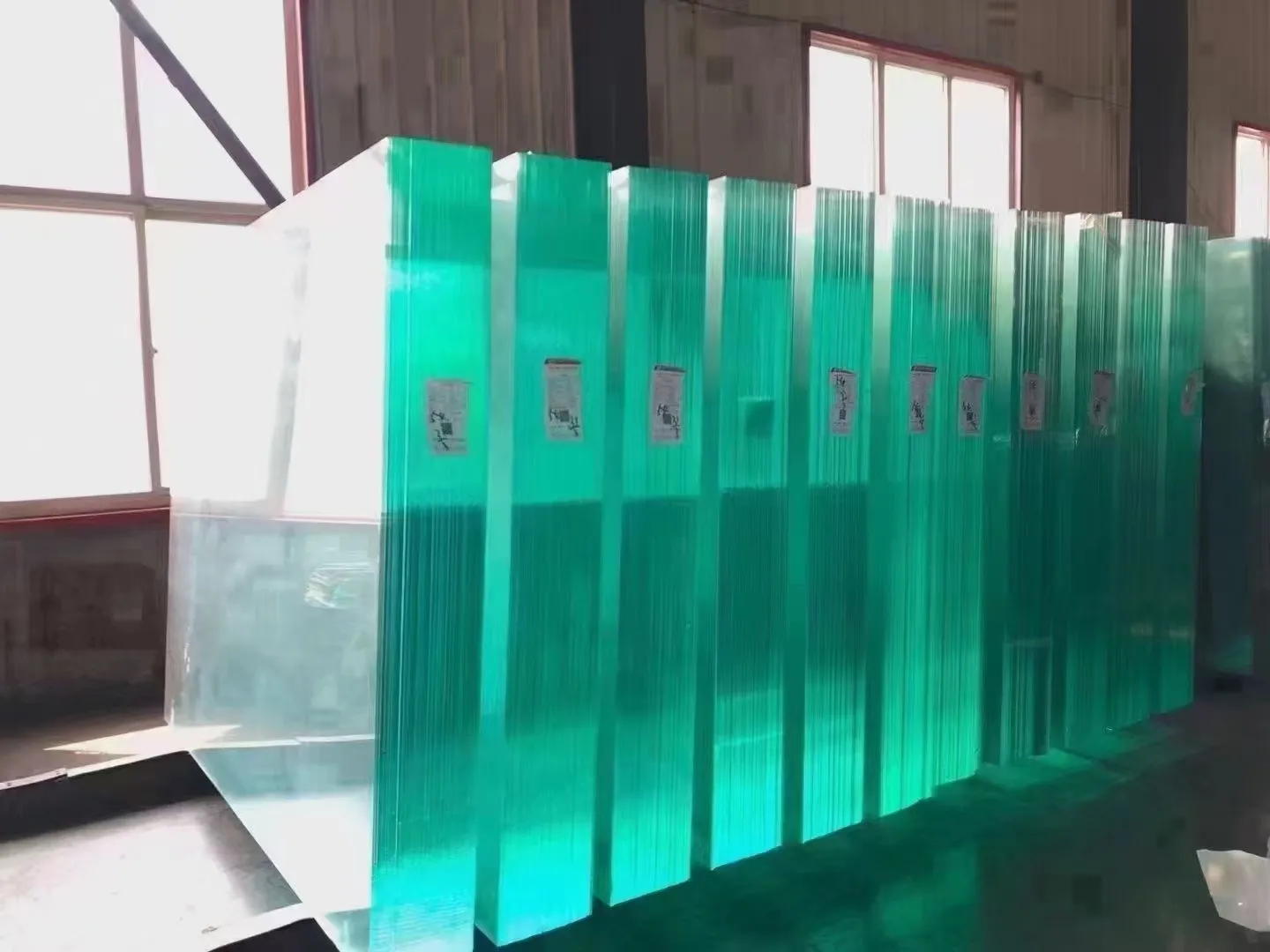The Price of Transparent Window Glass An In-Depth Analysis
Transparent window glass is an indispensable material used in various industries, including construction, automotive, and electronics. Its demand has surged in recent years, driven by the growing real estate market, advances in technology, and an increased focus on energy efficiency. Understanding the pricing dynamics of transparent window glass is essential for manufacturers, builders, and consumers alike.
Factors Affecting the Price of Transparent Window Glass
1. Raw Materials The primary ingredient in the production of transparent window glass is silica sand, along with soda ash and limestone. The prices of these raw materials can fluctuate due to market demand, extraction costs, and geopolitical factors. For instance, increased mining regulations in certain regions can lead to higher costs, impacting the overall price of glass.
2. Production Process The method used to manufacture window glass significantly influences its pricing. Float glass, which is the most common type, involves melting raw materials and floating the molten glass on molten tin. This process requires substantial energy and capital investment, influencing the final price. Moreover, innovative production methods, such as energy-efficient furnaces or advanced forming techniques, can either raise or lower costs based on technological adoption.
3. Energy Costs The glass manufacturing process is energy-intensive. Fluctuations in energy prices, driven by global oil prices or changes in electricity rates, can play a crucial role in determining glass prices. Energy-efficient technologies that reduce energy consumption are increasingly being adopted; however, the initial investments can result in higher production costs before savings are realized.
4. Market Demand Demand for transparent window glass varies based on economic conditions. In booming economies with robust construction activity, the demand for glass tends to rise, contributing to higher prices. Conversely, during economic downturns, demand may decline, leading to reduced prices. Additionally, trends such as the demand for eco-friendly building materials and energy-efficient glazing solutions can influence the market significantly.
5. Type and Quality of Glass There are various types of transparent window glass, including tempered, laminated, and low-emissivity (Low-E) glass. Each type has its specific production requirements and applications, leading to varying prices. For example, Low-E glass, which reflects heat while allowing light to enter, is generally more expensive than standard float glass due to the special coatings and manufacturing processes involved.
transparent window glass price
6. Geographic Location The location of production facilities can affect transportation costs and local market conditions. Regions with abundant raw materials may offer lower prices, while areas where transportation costs are high may experience inflated prices. Additionally, tariffs and trade policies can impact glass prices in international markets, creating further variability.
Current Trends and Future Projections
In recent years, the global market for transparent window glass has been influenced by several trends. The construction of energy-efficient buildings is on the rise, with demand for insulating glass units (IGUs) increasing as they help meet energy standards. This growing preference is expected to drive the market toward more innovative and costly glazing technologies.
Moreover, sustainability is becoming a critical factor. Manufacturers are investing in recycled materials and developing glass that enhances energy efficiency. While these initiatives may lead to higher initial costs, they can offer long-term savings and align with global sustainability goals.
Future projections indicate that the transparent window glass market will continue to grow. Analysts forecast an annual growth rate driven by urbanization, rising disposable incomes, and an increased focus on sustainability. As innovation continues to reshape the industry, new production methods may emerge, potentially decreasing costs over time.
Conclusion
The price of transparent window glass is shaped by a myriad of interlinked factors, including raw material costs, production techniques, market demand, and geographic considerations. Understanding these complex dynamics is crucial for all stakeholders, from builders to consumers. With the ongoing trends towards energy efficiency and sustainability, the transparent window glass market offers both challenges and opportunities for growth. As we move towards a greener future, innovations in glass technology will likely play a pivotal role in shaping building practices and materials.
 Afrikaans
Afrikaans  Albanian
Albanian  Amharic
Amharic  Arabic
Arabic  Armenian
Armenian  Azerbaijani
Azerbaijani  Basque
Basque  Belarusian
Belarusian  Bengali
Bengali  Bosnian
Bosnian  Bulgarian
Bulgarian  Catalan
Catalan  Cebuano
Cebuano  Corsican
Corsican  Croatian
Croatian  Czech
Czech  Danish
Danish  Dutch
Dutch  English
English  Esperanto
Esperanto  Estonian
Estonian  Finnish
Finnish  French
French  Frisian
Frisian  Galician
Galician  Georgian
Georgian  German
German  Greek
Greek  Gujarati
Gujarati  Haitian Creole
Haitian Creole  hausa
hausa  hawaiian
hawaiian  Hebrew
Hebrew  Hindi
Hindi  Miao
Miao  Hungarian
Hungarian  Icelandic
Icelandic  igbo
igbo  Indonesian
Indonesian  irish
irish  Italian
Italian  Japanese
Japanese  Javanese
Javanese  Kannada
Kannada  kazakh
kazakh  Khmer
Khmer  Rwandese
Rwandese  Korean
Korean  Kurdish
Kurdish  Kyrgyz
Kyrgyz  Lao
Lao  Latin
Latin  Latvian
Latvian  Lithuanian
Lithuanian  Luxembourgish
Luxembourgish  Macedonian
Macedonian  Malgashi
Malgashi  Malay
Malay  Malayalam
Malayalam  Maltese
Maltese  Maori
Maori  Marathi
Marathi  Mongolian
Mongolian  Myanmar
Myanmar  Nepali
Nepali  Norwegian
Norwegian  Norwegian
Norwegian  Occitan
Occitan  Pashto
Pashto  Persian
Persian  Polish
Polish  Portuguese
Portuguese  Punjabi
Punjabi  Romanian
Romanian  Russian
Russian  Samoan
Samoan  Scottish Gaelic
Scottish Gaelic  Serbian
Serbian  Sesotho
Sesotho  Shona
Shona  Sindhi
Sindhi  Sinhala
Sinhala  Slovak
Slovak  Slovenian
Slovenian  Somali
Somali  Spanish
Spanish  Sundanese
Sundanese  Swahili
Swahili  Swedish
Swedish  Tagalog
Tagalog  Tajik
Tajik  Tamil
Tamil  Tatar
Tatar  Telugu
Telugu  Thai
Thai  Turkish
Turkish  Turkmen
Turkmen  Ukrainian
Ukrainian  Urdu
Urdu  Uighur
Uighur  Uzbek
Uzbek  Vietnamese
Vietnamese  Welsh
Welsh  Bantu
Bantu  Yiddish
Yiddish  Yoruba
Yoruba  Zulu
Zulu 

